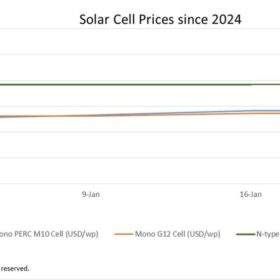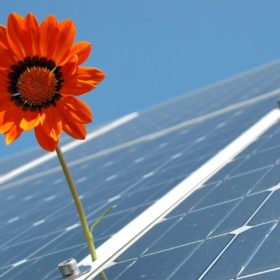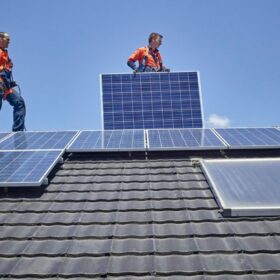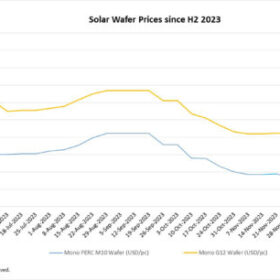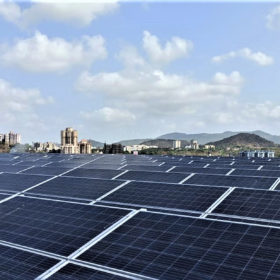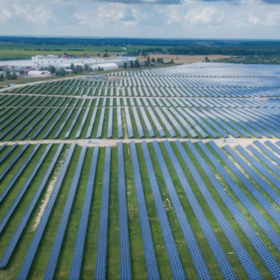Mixed signals for solar cell price prospects
In a new weekly update for pv magazine, OPIS, a Dow Jones company, provides a quick look at the main price trends in the global PV industry.
The scope for emerging solar cell technologies
In the fight against climate change, solar PV technology must increase its share in global electricity generation. This presents a mammoth challenge to the PV industry and research community. Intensive research efforts are necessary for developing various types of PV technologies parallel to Si-based solar panels.
The rise of back contact cell architecture
Sometimes, progress involves looking backwards. In this case, a return to back contact solar cell architecture has resulted in improved efficiencies and reductions in cost.
The wild side of rooftop solar
While keeping rooftop solar panels clean and regularly maintained can deter most unwelcome visitors, householders may sometimes have to take more concrete measures to avoid wildlife taking up residence.
Solar modules: The latest in technologies and applications
The evolution of solar technology in India isn’t solely focused on technical advancements but also on making solar energy more affordable and accessible to a wider demographic.
The practicality of a 100% renewable energy system
The biggest question for the transition from the conventional practice of electricity generation to 100% eco-clean renewable energy resources is, can we maintain the electricity grid stable every minute of every day? The answer is clearly YES, and it is practical.
Red Sea tensions set to drive up solar module prices
The costs of transporting a container from China to Rotterdam have already almost tripled due to ongoing tensions in the Red Sea and the Gulf of Aden. Houthi militants have been attacking merchant ships there for weeks, preventing them from entering the Red Sea and transiting through the Suez Canal.
Solar wafer prices stabilize with potential for future price hike
In a new weekly update for pv magazine, OPIS, a Dow Jones company, provides a quick look at the main price trends in the global PV industry.
Solar energy’s vital role in climate change mitigation
With solar taking a more significant portion of the energy and power mix, climate change can be significantly mitigated. Coal, for instance, is one of the dirtiest fuels, but makes up 70% of India’s power generation.
Make PV modules as cheap as possible, but not cheaper
In a new monthly column for pv magazine, the International Solar Energy Society (ISES) explains how reducing glass thickness in PV modules may fracture the solar industry, impacting PV module and PV tracker suppliers, engineering, product and construction companies, and PV plant owners.
